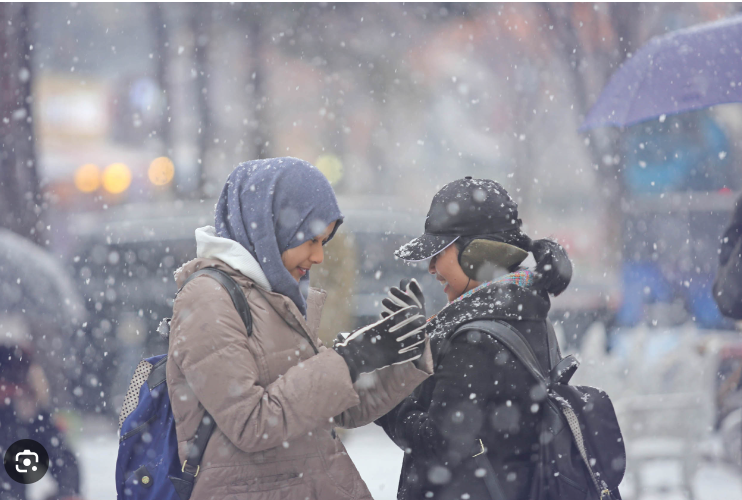Snowfall in South Korea and Weather Precautions
페이지 정보

본문

As winter descends upon South Korea, the landscape undergoes a magical transformation with the arrival of snowfall. The serene beauty of glistening snow-covered streets and trees creates a picturesque scene, inviting locals and tourists alike to enjoy the winter wonderland. However, along with the enchanting ambiance, it's crucial to be mindful of the challenges that come with winter weather. In this article, we'll explore the phenomenon of snowfall in South Korea and discuss essential weather precautions to ensure a safe and enjoyable winter experience.
South Korea experiences a diverse climate, with cold winters being a significant characteristic, particularly in the northern regions. The winter season typically begins in late November and lasts until February, bringing chilly temperatures and occasional snowfall. The eastern coastal areas and mountainous regions are more prone to heavy snowfall due to the Siberian air masses that influence the climate.
The first snowfall is often a cause for celebration, marking the beginning of the winter festivities and holiday season. For the first time in my life, I actually saw snow today. And it was in here, Chuncheon!
Understanding weather precautions is essential as it empowers individuals to make informed decisions, ensuring their safety and well-being in the face of changing and potentially challenging atmospheric conditions. Here are some weather precautions to which you must pay attention.
Dress in Layers: As temperatures drop significantly during winter, it's crucial to dress warmly. Layered clothing helps trap heat close to the body, providing insulation against the cold. A waterproof outer layer is also essential to protect against snow and sleet.
Footwear: Invest in sturdy, waterproof footwear with good traction to prevent slipping on icy or snow-covered surfaces. Boots with insulation can help keep your feet warm in freezing temperatures.
Headgear and Accessories: Wear a hat or a beanie to protect your head from heat loss, as a significant amount of body heat can escape through the head. Gloves, scarves, and earmuffs are also essential to keep extremities warm.
Stay Informed: Keep an eye on weather forecasts and advisories. In the event of heavy snowfall, authorities may issue warnings or implement safety measures. Stay informed to plan your activities accordingly and avoid unnecessary risks.
Safe Driving Practices: If you're driving during snowy conditions, make sure your vehicle is equipped with winter tires. Drive at a slower speed, maintain a safe following distance, and use your headlights to improve visibility. Be aware of icy patches on the road.
Home Heating Safety: Ensure that heating systems in your home are functioning properly. Use space heaters with caution, keeping them away from flammable materials and turning them off when not in use. Practice fire safety, especially if using traditional heating methods like fireplaces.
Emergency Kit: Prepare an emergency kit with essentials such as non-perishable food, water, blankets, flashlights, and a first aid kit. In case of power outages or other emergencies, having these items on hand can make a significant difference.
While enjoying the beauty of the season, it's crucial to prioritize safety by taking necessary precautions. By dressing appropriately, staying informed, and being mindful of potential hazards, we can fully embrace the charm of a winter while staying safe and warm.
Enjoy your winter!
Image credits: Google- PrevHow Foreigners Can Stay Healthy in South Korea's Winter 23.11.30
- NextThe Role of Vaccination in Combating Infectious Diseases Amid Climate Change 23.11.01
댓글목록
There are no registered comments.
